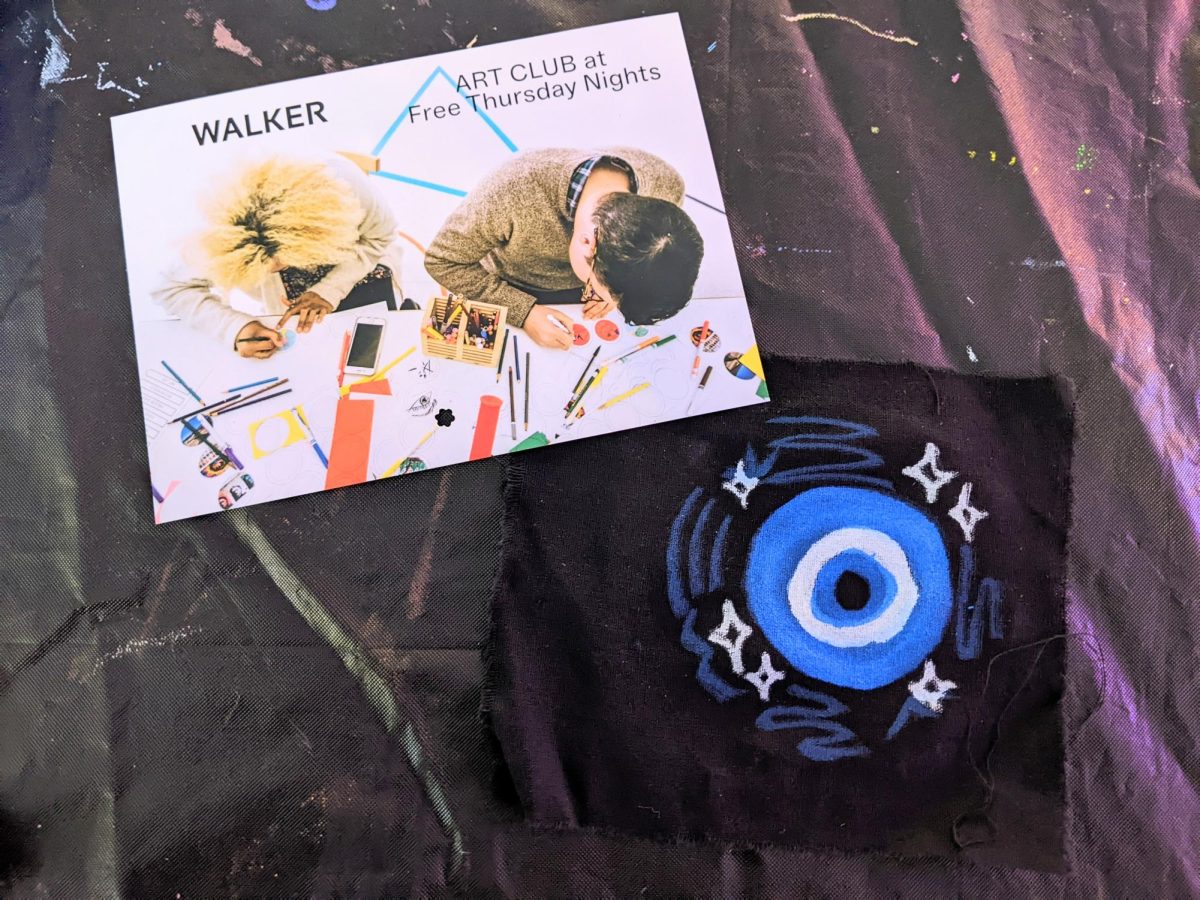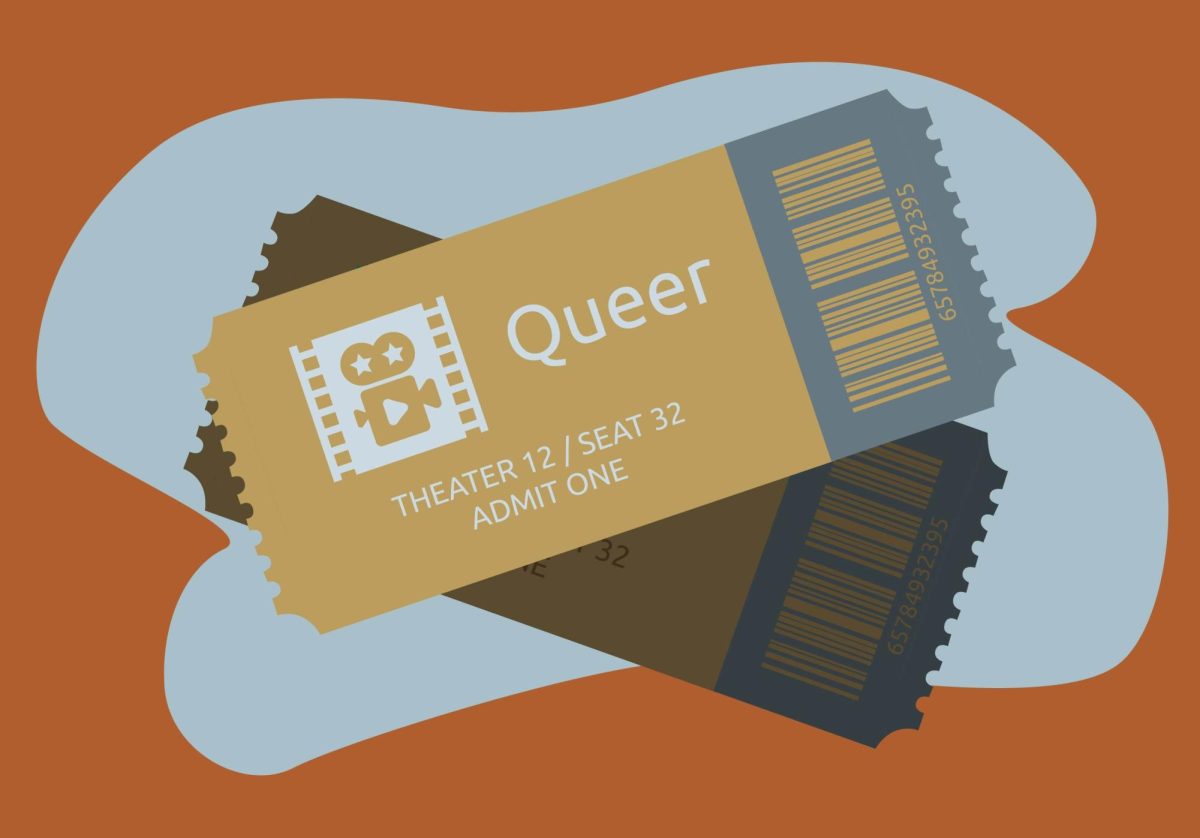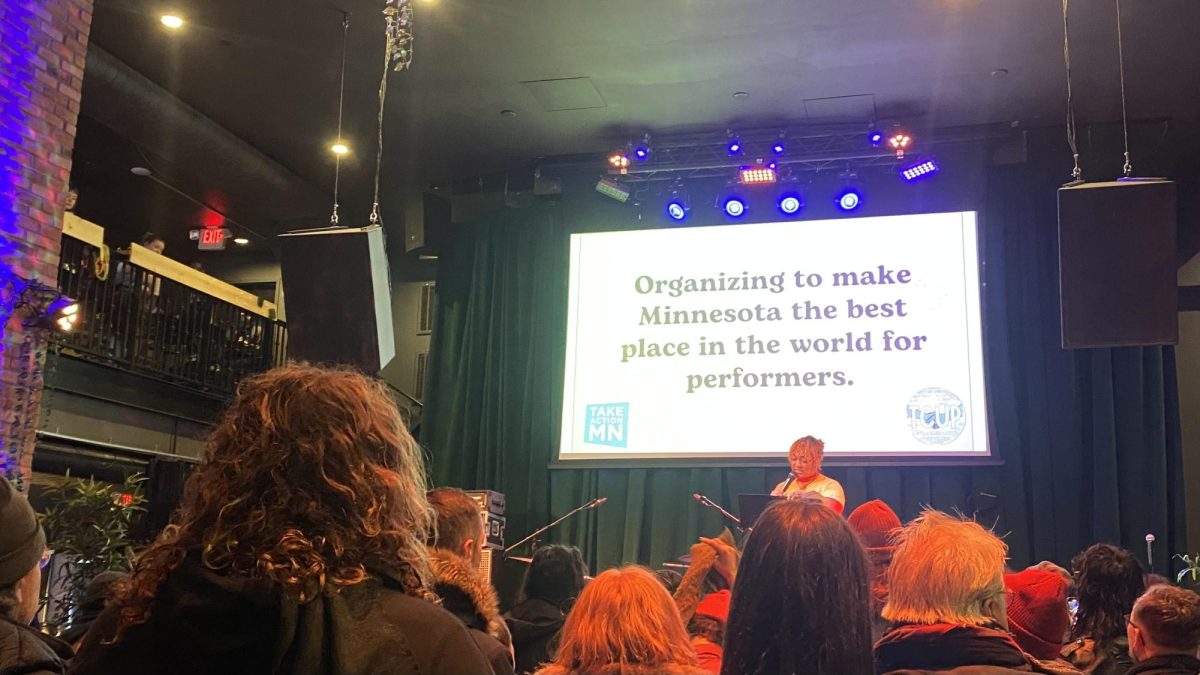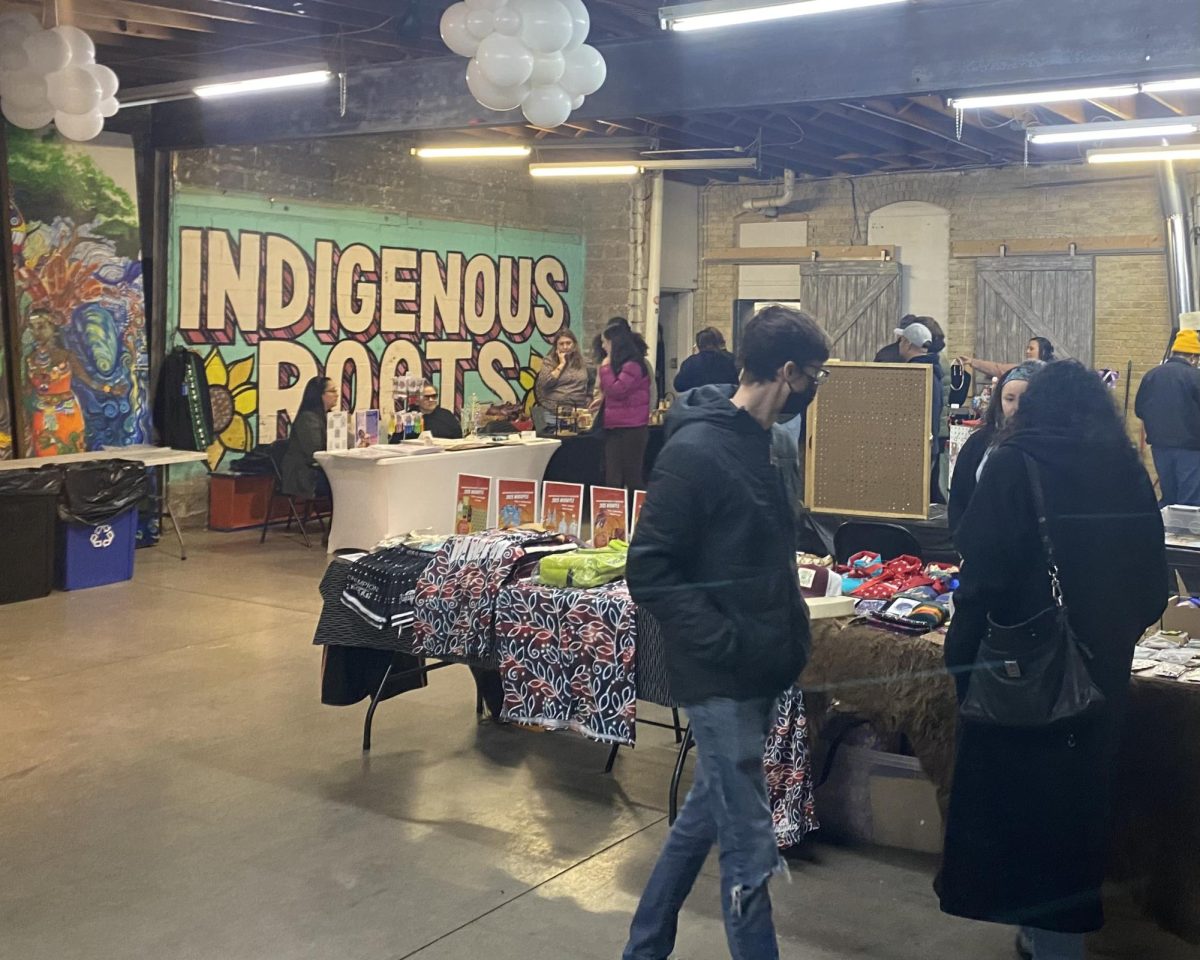Don’t let the lowbrow in the phrase lowbrow art fool you. Behind the humble adjective is a lot of history.
At the turn of the century, the term lowbrow mocked the popular idea that a person’s skull shape indicated his social class. According to “science,” society’s elite had high foreheads while their coarser counterparts displayed a low, prominent eyebrow ridge.
Nearly a hundred years later, in 1994, California artist Robert Williams also used lowbrow ironically – to describe his art, which galleries refused to show because of its “coarse” style and subject matter.
But just as science proved intelligence has nothing to do with forehead height, Williams and the lowbrow aesthetic overcame their self-deprecating label.
In fact, in the national art scene, “lowbrow” art translates into high interest and high prices, making the term an oxymoron. While the genre isn’t new, it’s becoming more and more popular, said Suzy Greenberg.
“It’s moving into galleries and museums,” she said. “It’s one form of outsider art, but it’s becoming ‘in.’ “
Greenberg, of Soo Visual Arts Center, is co-curator of the Juxtapoz show, which features more than 70 works of lowbrow art. Tom Hazelmyer, who owns the OX-OP Gallery, is the other half of the curatorial staff. The Juxtapoz show is a joint venture of both local galleries.
The genre’s modest name relates to both the “everyday” or “common” subject matter of the art, as well as the fact that some of its best-known and most successful artists are not formally trained in fine arts, Greenberg said.
Instead, “it comes out of a tradition of street art, of work being done on the sides of buildings,” she said.
But graffiti isn’t lowbrow’s only influence – not by a long shot. It might be easier to describe what it isn’t, rather than what it is. Its works reference commercial art, graphic design, comic books, anime and Asian art, erotica and soft-core porn, kitsch, religious art, tattoos, surfboards and car art, among other things.
Hazelmyer called the “cross-pollenation” between lowbrow subgenres the “best part” of the movement.
And while it’s sometimes subversive, it’s also playful and just plain fun to look at.
“There’s a lot of talent in it to begin with,” Greenberg said. “It’s very graphic, the colors are strong and the lines are powerful visually,” she said.
Hazelmyer said the style continues to gain popularity because it’s “reintroducing a lot of visceral and craftsmanship elements that have been drained out of the art world for 30 years.”
All of which adds up to accessibility, said Minneapolis artist Robert Marbury, whose piece “Arizona Sign Rabbit” is in the show.
“When you have artwork that’s directly related to your daily experience, you’re going to have a gut reaction to it,” he said.
Guts, along with other body parts and bodily functions, are no stranger to lowbrow art. Many works are shocking in their blend of sacred and scary or cute and crass.
St. Paul artist Ryan Kelly’s “Quit Eating” depicts a gluttonous woman devouring everything from hamburgers to seafood. Behind her is a bubbly brown blob suggesting fecal matter – with a face. The entire piece is delivered in Kelly’s colorful comic book style.
Robert Williams’ “Saga vs. Saga” shows a pentagram, a Bible and several comic book characters, one composed of both female and male parts. It’s a piece one might view for hours and not “figure out” – but mostly it’s just amazing to untangle the detailed images. The piece’s hefty $35,000 price tag reflects Williams’ status as is a germinal figure in the lowbrow world.
Williams’ monthly magazine, Juxtapoz, both sponsored and lent its name to the show. The 11-year-old publication showcases lowbrow art, with one distinctly “highbrow” caveat: Among art magazines, Juxtapoz’s circulation is behind only “Art in America,” Greenberg said.
Like Juxtapoz and Williams, many of the genre’s preeminent artists are based in California, along with New York. As a result, such as San Francisco, Los Angeles and New York garner most of the press related to lowbrow art.
In fact, Minneapolis is the first noncoastal city to host a Juxtapoz show. According to most everyone involved in the event, it’s a big deal.
“I keep ranting and raving about how important it is that (the show) came to Minneapolis,” Marbury said. “To me, it’s a huge coup.”
Marbury, who is from Baltimore, said that having the show here demonstrates that “we’re leaders in a certain style of art which isn’t always straight contemporary art.”
Greenberg, too, said the show’s appearance here is evidence of a thriving local Minneapolis art scene. The show features work of national artists, but with the work of local artists as well.
“The local artists fit in very well,” Marbury said. “It wasn’t like, ‘oh, that guy’s local; his work is crap.’ “
While Minneapolis’ arty reputation is part of why the show is here, the hard work and vision of Hazelmyer is likely an equally important part, Greenberg said.
Hazelmyer, who also owns Grumpy’s Bar downtown, opened OX-OP three years ago. He began showing art that fit the lowbrow category soon after.
Hazelmyer persuaded Juxtapoz to schedule a Minneapolis show after years of advertising with and writing for the magazine. He also made repeated requests, “cajoling” them into finally sponsoring it, he said.
“He’s always ahead of his time,” Greenberg said.
But OX-OP’s time, according to Hazelmyer, has come and gone. After scoring what arguably is the most important show in OX-OP’s short history, a show that put Minneapolis in the midst of a burgeoning movement, Hazelmyer will close shop after the show is taken down.
He said a “big chunk” of the reason for closing is the smoking ban and its effect on Grumpy’s, as the bar’s profits subsidize the gallery.
Another reason is the stress of putting on 36 shows at OX-OP in three years, he said. He said he hopes this final Juxtapoz show demonstrated that it’s “doable for a small gallery” to bring in work from high-caliber national artists.
For now, Hazelmyer will focus his energy on artistic side projects. He recently created soundtracks to accompany lowbrow artist Dalek’s short, animated films and is launching a line of art toys.
But he’ll still be around, working with Soo Visual Arts Center and on other area projects.
“I’m sad that they’re closing, but I’m glad we’ll have the chance to collaborate with them in the future,” Greenberg said.
Meanwhile, lowbrow artists from Marbury to Williams are contemplating the future of their own work – Marbury will continue making art with taxidermy, sewing old stuffed animals to make new ones – and the future of the lowbrow “movement.”
Williams wrote a letter to subscribers in the February issue of Juxtapoz, reluctantly accepting the “lowbrow” label while countering that he never intended it to become a category.
Marbury agreed that the name is problematic in some ways.
“Calling things ‘high’ and ‘low’ really becomes a sticky wicket,” he said.
Williams even suggested a new term in his February letter.
“I like (Williams’) term ‘no brow art,’ ” Marbury said. “Art can even be ‘no brow’ and still be intellectual.”







